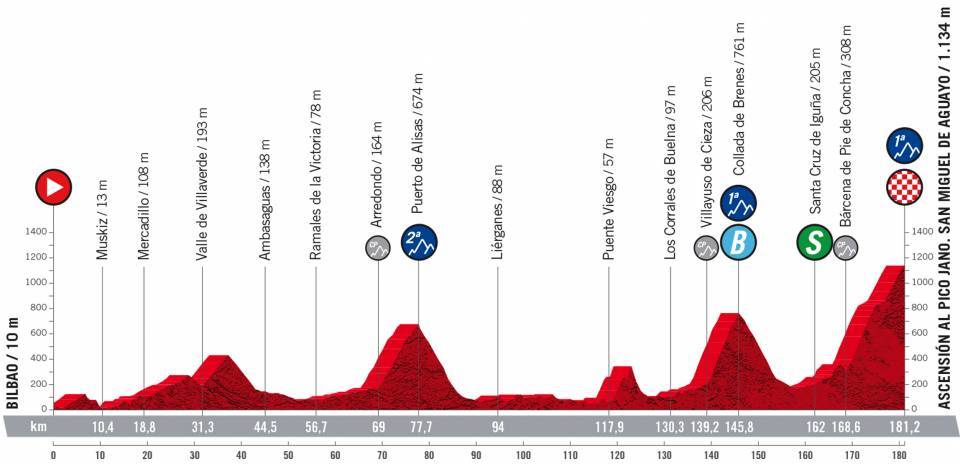
I’ve been around the world of strength training for quite some time, long enough to recognize and understand the trends that come and go, and their general rhythms.
While these trends come and go, one trend seems to have made itself an unwelcome mainstay: Poor “advice” thought to be good, due to the “coolness factor”, or impressiveness of the individual delivering it.

Talk about a mouthful to say.
But this problem has found an unusually deep rooting in the cycling & triathlon worlds, in the guise of “cutting edge approaches,” such as “muscle confusion” and “LIFT HEAVY $&*T!” These extremely poor practices are launched and lauded with such intensity, that many of us fall for them. Perhaps it’s the fear of missing out, or that so many of us see these really impressive looking feats of strength and coordination (done by 20-somethings, of course), that we believe it HAS to work!
But the truth of it is that much of the strength training successes come from the following 3 items:
- Showing up consistently (2-3 days of strength is plenty for anyone riding 6 hours or more a week)
- Doing the same (sometimes) boring exercises week to week
- Not really changing much, if anything week to week in your programming
WHAT?!
BLASPHEMY!
Alas, this is the cold, hard truth. Anyone telling you anything otherwise is lying to you. Strength training is not sexy, but the results from a committed, constant, and boring program can be!
It’s a hard slog these days for highly knowledgeable and professional strength coaches and trainers, as social media has made it incredibly hard to get folks to “commit to the same boring workout, that will get YOU the results you need.”
From performing the same workout without much variation for 4-8 weeks, to “spending so much time resting between sets”, true strength and performance training is seemingly becoming a lost art.
It’s interesting to me that for years cyclist and triathletes have resisted heading into the weightroom for fear of injuring themselves or bulking up, only to have them now heading to the weightroom in record numbers, throwing caution to the wind for “The big Gainz from lifting heavy”, or following some super complex/ advanced workout they saw some 20-something doing on Instagram.
On the other side of the coin, are those who DO seek out a highly knowledgeable trainer, yet they don’t like how they’re doing the same workout as last week, without any changes… yet they still cannot properly execute the exercise, or it is still challenging to them.
Progress in strength training is not about blowing through to PR’s and changing set and rep schemes every week… it’s about taking the time to learn how to tap into your body, its abilities, and to slowly create neurological and tissue changes, through regular, and consistently more precise, movements and efforts.

This is true if you’re just coming to the weightroom later on in life, especially over the age of 45. At that point, while the same basic rules apply, HOW you need to apply them changes quite a bit, as there are a number of considerations that must be properly taken into account.
But I’ll save that for an article later this summer.
If you’d like to jump to the front of the class and learn what strength training over 50 needs to look like, you can sign up for my Stronger After 50 course here, use the coupon code “PEZ50” to get 50% off until July 31, 2022.









